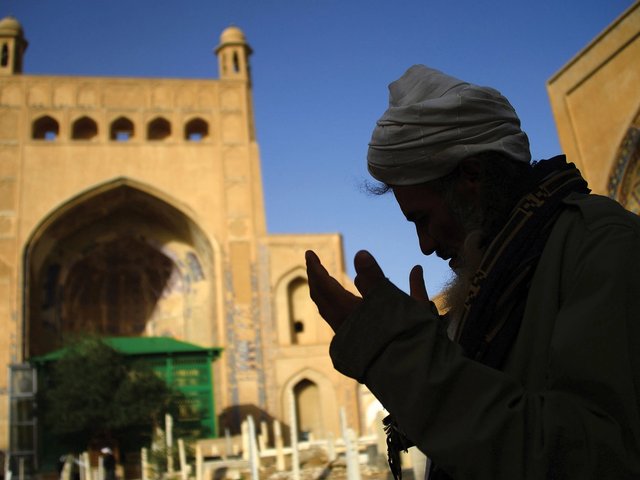On 2 December, the Kabul Museum opened its first exhibit since the war, a display of artifacts from the remote region of Nuristan in the northeast of Afghanistan, that have been part of the collection since its foundation in 1931.
They include 17 remarkable carved wooden effigies that have recently been restored after they were cut up by the Taliban. These unique idols, which include equestrian figures, were an integral part of the ancestor worship practiced by the Kafirs, an animistic people inhabiting the mountains of the Hindu Kush. The exact function of the figures, made in the 18th or 19th centuries by a caste of craftsmen known as “bari”, has never been fully established.
The desecration of these idols, some of which are nearly life-sized, was carried out in March 2001 on the orders of Mullah Omar, inspired by an extreme iconoclastic interpretation of the Quran. One figure, however, of which only the upper half now exists, was sawn in two in the 1970s in an attempt to smuggle it out of Afghanistan.
The restoration of the effigies was financed with €20,000 ($27,000) given by the Austrian government, and carried out last May under the supervision of Dr Max Klimburg, a retired professor from Vienna whose own collection of artifacts from Nuristan was purchased by the German government and donated to the Kabul Museum in 1978. Fourteen of the idols were restored by Giovanni Rindler, an Italian-Austrian sculptor specialising in wood-carving, and the remaining three by Kabul museum staff.
The inaccessibility of the region, originally known as Kafiristan or “land of the infidels”, helped preserve the ancient beliefs of the inhabitants, centuries after the spread of Islam through most of the area, but in 1895 King Abdur Rahman of Afghanistan sent an army to forcibly convert the population to Islam, renaming the area Nuristan or “kingdom of light”. The army destroyed many of the idols they discovered, but around 30 were brought back to Kabul and later incorporated into the royal collection in the palace of Bagh-e Bala. This was opened to the public and the collection was moved into a European-style museum at Darulaman in 1931. At its height, the Kabul Museum contained one of the greatest public collections in Asia, but since the late 1970s, it has suffered irreparable damage. Recently, however, 22,500 objects, believed to have been looted, were found in a vault beneath the city’s presidential palace (The Art Newspaper, No.153, December 2004, p.6).


